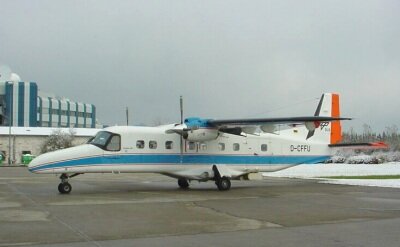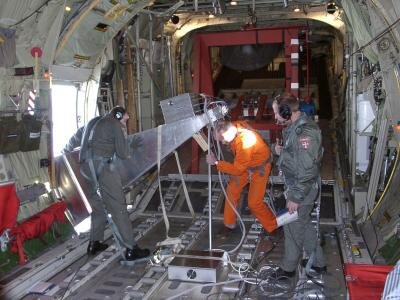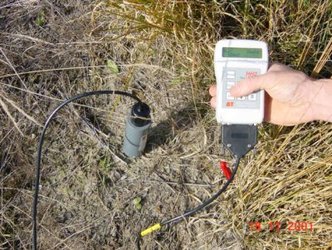SMOS Workshop in Toulouse
Following the completion and data analysis of three campaigns in support of the Earth Explorer SMOS (Soil Moisture and Ocean Salinity) mission, an important workshop was held last month in Toulouse, France. The workshop, hosted by the CESBIO (Centre d’Etudes Spatiales de la Biosphere) provided a forum for the results of the WISE, EuroSTARRS and LOSAC campaigns to be presented and discussed, as well as recommendations to be made to the SMOS Project Team with respect to furthering the science that underlies the mission.
The SMOS mission will provide global observations of soil moisture and ocean salinity – two crucial variables for modelling weather and climate. The mission is designed to measure the radiation emitted from land and sea surfaces at L-band (1.4 GHz), which will enable scientists to quantify the key variables of soil moisture and ocean salinity and so contribute to climate prediction and extreme weather forecasting. The mission will also monitor the water content of vegetation, snow cover and ice structure. In order to prepare for data retrievals from the SMOS mission and understand how the emitted signal is affected by variables such as sea roughness, foam, temperature, different vegetation cover and topography the WISE, EuroSTARRS and LOSAC campaigns were carried out in 2000 and 2001. Future campaign activities were recommended at the workshop that will focus on the physics of the signal over snow and ice sheets, assimilation techniques and calibration issues in order to further prepare for the mission, which is planned for launch at the beginning of 2007.

The three campaigns at the focus of the SMOS Workshop are outlined below.
The WISE (WInd and Salinity Experiment) campaign was carried out between November 2000 and January 2001 and from October 2001 to November 2001 from the Casablanca Tower oil rig, 40 km off the coast of Barcelona, Spain. The purpose of the experiment was to examine the relationship between the radiation emitted from the sea surface at L-band (1.4 GHz) under varying sea surface salinities and sea state conditions, such as different wind speed and direction, different wave types and varying foam coverage.
The EuroSTARRS campaign involved a Dornier 228 aircraft carrying the STARRS (Salinity Temperature And Roughness Remote Scanner) instrument, which was especially built to measure passive microwave radiation at L-band (1.4 GHz) – this allows the soil moisture over land surfaces and salinity levels over oceans to be determined. The campaign involved six test sites across a range of terrains such as forest and ocean and the mountainous region of the Pyrenees.
The LOSAC (L-band Ocean Salinity Airborne Campaign) experiment involved a Danish built radiometer also operating at L-band and flown over the North Sea by the Danish Air Force. The main objective of this campaign was to analyse the dependence of the passive microwave signal on wind direction with respect to the observation direction. In order to achieve this, circular flights were flown at varying altitudes.

All three campaigns proved to be important in furthering our understanding of how the microwave L-band signal is related to ocean salinity and soil moisture and how it is perturbed by other environmental factors. The results of the campaigns presented at the workshop will be published in the Workshop Proceedings shortly. For further information please contact ESA’s Earth Sciences Division (EOP/FS).





